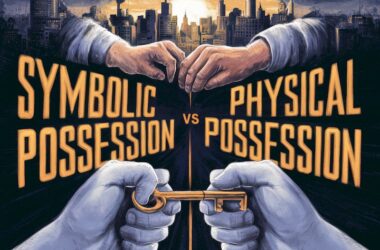 By Dr. Sanjay Chaturvedi, LLB, PhD.
By Dr. Sanjay Chaturvedi, LLB, PhD.
Between 1951 and 2000, while the total urban population in India increased just 4.6 times, the number of vehicles bounded up 158 times. According to Planning Commission, Transport demand in the country has grown at 1.2 times the gross domestic product growth rate. And metropolitan Cities with just about 11 per cent of the total population have 32 percent of the country’s vehicles.
An efficient and most adequate public Transport system is a dire need. But when available rail and bus mass Transport facilities provide only 37 million trips against a demand of 80 million trips per day, by no means can such a system be called adequate or efficient. In fact, there has been a decline in the percentage share of buses from 11.1 percent in 1951 to 1.3 percent in 1997for the whole country.
The speed limit in peak hours has decreased to 7km/hr in Kolkata, 13-15 Km/hr in Bangalore and 9-11 km/hr in Mumbai. Congestion on Indian roads leads to Rs.3000 to 4000 crore every year.
After tall claims by city fathers to construct tall buildings will certainly increase more vehicles on the over crowed roads of Mumbai. Parking may be provided for in the tall building but cars owned by them will certainly create havoc.
When we look at Singapore and cities of developed nation to plan our city’s Skyline, we are inviting the anatomy of congestion.
In 1998, a consultation paper by the UK government on fighting Traffic congestion and pollution through road user and parking charges estimated that 1.6 billion hours were lost by drivers and passengers on Great Britain’s roads due to congestion in 1996. London, in fact has been forced to ask motorists entering the city center to pay a congestion tax of £8 from February 2003.
In Los Angeles, USA, a study by the Taxes Transportation Institute says that hours lost by a peak-time Traveler form 47 in 1982 to 136 in 2000. The city also US$14,635 million per year due to Traffic congestion. The speed is reportedly average 9km/hr, or less Seoul and Shanghai, 10 km/hr. or less in Bangkok and Manila, and 17 km/hr or less in Kuala Lumpur and Sao Paolo. The economic costs are formidable. Bangkok loses up to 6 percent its economic production (in terms of money) to congestion. In Brazil, congestion increase public Transport operating costs by 10 percent in Rio de Jenejro and by 16 percent in Sao Paolo.
A direct consequence of the lack of city planning for urban Transport has been an acute shortage of road space in most Indian cities. The RITES report says the space occupied by roads, railways and other Transportation facilities in Indian cities is how at 3-20 per cent of the total area, as against a standard 30 percent in developed countries. The total road area in Mumbai is 12 per cent of the city compared to 23 percent in London and 25 percent in Paris.
People advocating for more parking space by constructing high-rise building forget that these vehicles will be on roads at least for once in a day time. Each flat in such posh and costly accommodation will have 3 to 4 vehicles to ply.
We certainly do not want to impose congestion tax, as applied in London; The more is not merrier any way on the Mumbai road.






